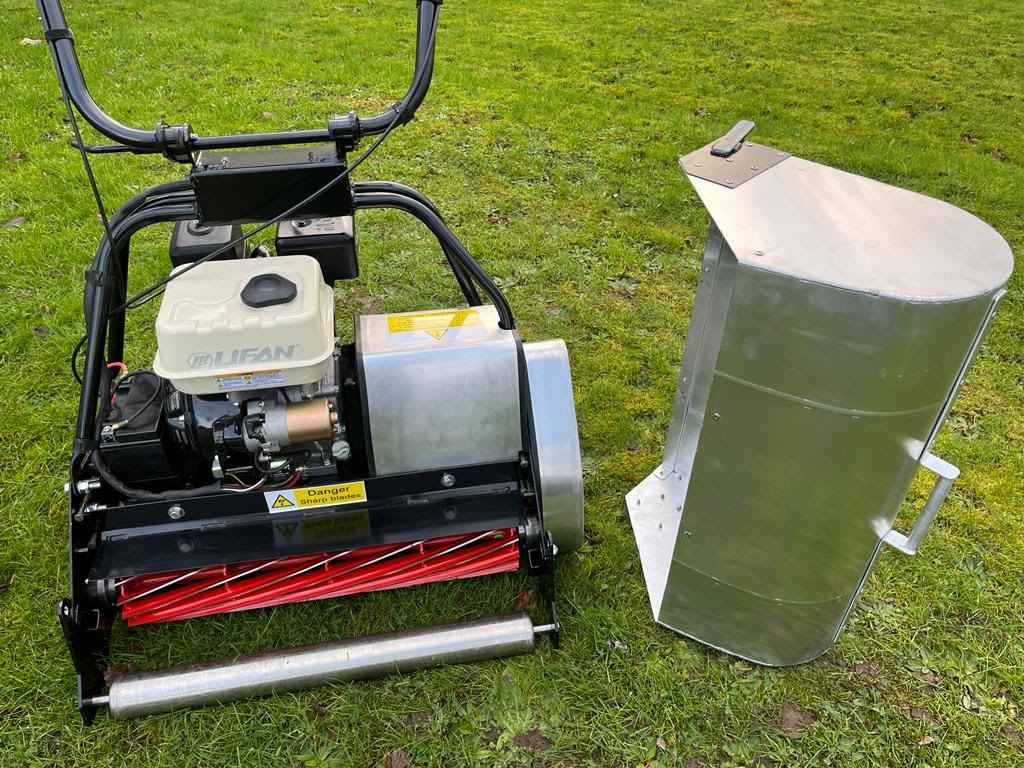AeratingBEWARE
If areas of your lawn are drying out, you may think that aerating will help water to penetrate the surface. If the dried out areas are dry patch, aerating or hollow tining will make no difference. See Dry Patch Aeration is a helpful step in lawn care because it helps to maintain a healthy lawn that can withstand drought and disease. Having said that, I do not aerate my lawn because it is very stony and I don't want to bring the stones to the surface. My lawn plays to international standard, so aeration isn't at the top of my own wish list.This is why I said that it is "helpful", I don't regard it as essential. This is the reasoning for aeration: Consider the welfare of the top few inches of soil – this is where the roots collect nutrients. Top soil is top soil because it is living and breathing. Sub soil does not live and breathe. A handful of topsoil is full of life – thousands of fungi spores, vast numbers of micro-organisms and bacteria too. To get strong grass you need deep rooting grass plants. Aeration creates pathways that allow air, water and nutrients to penetrate into the root zone and even after the holes have closed those pathways will act as pores in the soil. During the playing season it is best to aerate fortnightly as long as the surface is soft enough for the tines to penetrate. The holes will gradually close up but they remain active pathways for water, nutrients and oxygen to reach the all important root zone. The roots are attracted by the tine holes and are often found growing down the holes themselves. Deep penetration is not essential because we are trying to get oxygen and moisture into the main root zone which is the top two inches (50mm). If you have a means of towing, a Sarrel Spiker is an excellent tool because it has thin spikes that do not disrupt the surface. This means that the lawn doesn't have to be taken out of service after spiking. The Sarrel is much quicker than other methods of aerating which is an important consideration especially if you aerate fortnightly. Hollow tining is usually not required. The machine extracts cores which should be removed from the surface and you should then top dress with good quality sand or sand/loam mix. This operation aims to enable water, oxygen and nutrients to reach the root zone more easily. But is you have a healthy rootzone, this should not be a problem. Hollow tining has useful purpose though, in reducing high points on a croquet lawns by removing material. In this case you wouldn't top dress afterwards. If the area is small it can be done with a hand tool. |
|
|
NPTC certification
Safe use of pesticides PA1 and PA6 Certificate No 662856 Accreditation No 500/7103/8 Website design by
Moat House Media Ltd Copyright Moat House Media Ltd 2024 |




